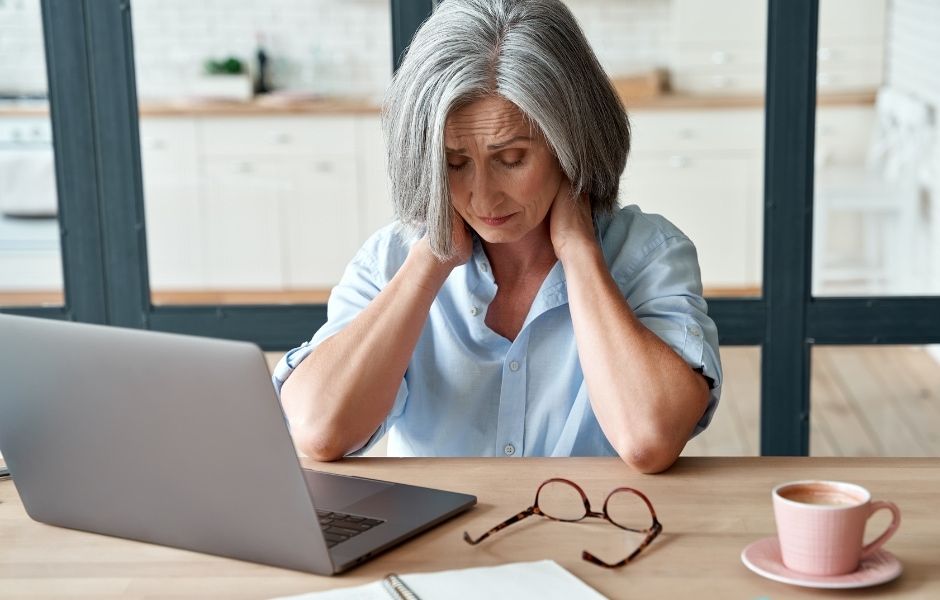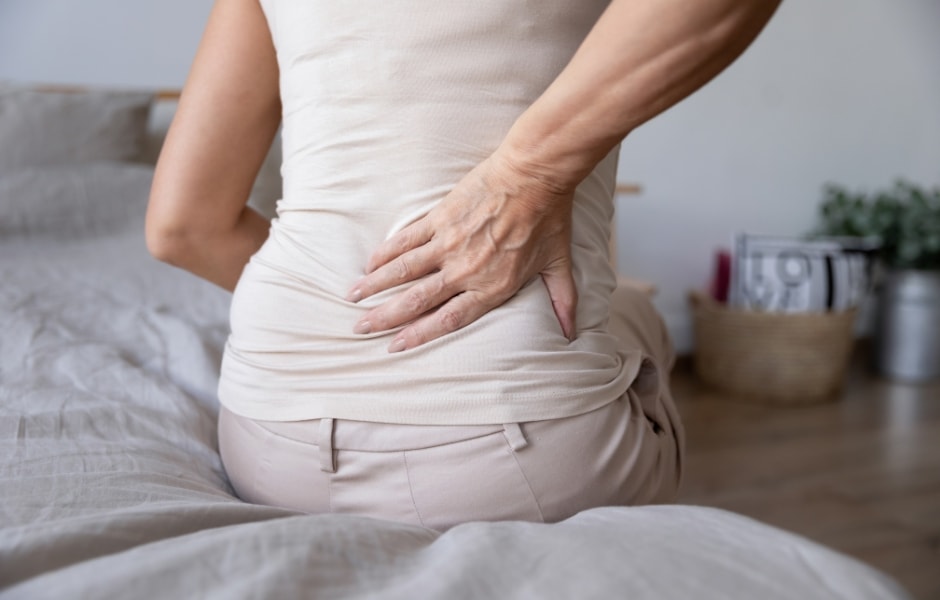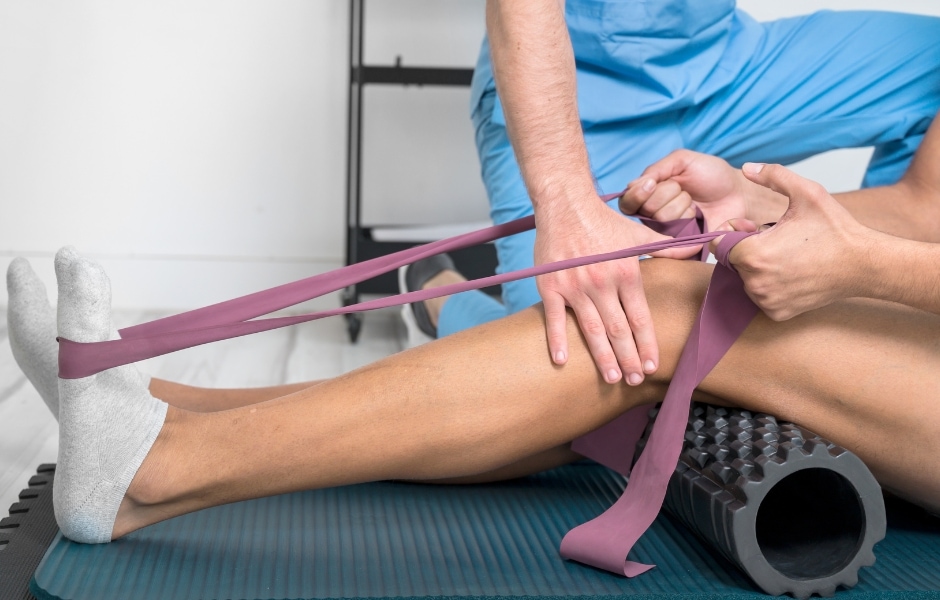
Why just getting a massage isn’t good enough
You are a person who lives with chronic pain. On the advice of your physician you have committed to coming for regular massage treatments as a means of managing that pain. You visit your preferred therapist once a month and often leave with a great deal of relief. However, quite soon after your treatment you experience a quick recurrence of the pain you thought had been relieved. This leaves you feeling frustrated, depressed and wondering if you should consider other sources of relief like pharmaceuticals. You rack your brain trying to remember if you did something to strain your muscles again but come up with nothing. It just doesn’t make sense. You don’t feel stressed, you sit for most of your day at your desk and you walk the dog three times a week. Did you miss something your therapist said that might be relevant? Oh… right… they gave you stretching and strengthening exercises to do in between your visits. But that can’t really make much of a difference? Can it?
Indeed it can.

What is Chronic Pain?
Chronic Pain is described as pain that extends past the time period that is common for recovery. It can be something that comes and goes or it can stay consistent. This kind of pain can come from certain conditions like Osteoarthritis, Fibromyalgia, or general postural abnormalities such as slouched shoulders or tech neck. It can have a devastating effect on the person dealing with it. It can cause them to feel anxious, depressed and in severe cases unable to work or perform daily tasks, causing a severe decline in quality of life.

Guarding Against Pain
You slept “the wrong way” last night and now you can’t turn your head left or right without experiencing pain. To alleviate the pain you refrain from turning your head. That’s your protective reflex kicking in. This lack of mobility further inhibits the lymphatic system from disposing of lactic acid. A build-up of lactic acid in the muscle tissue is what creates the spasm which contributes to the pain. The longer you keep from moving your head and stretching those muscles the worse the situation becomes.
Lack of movement is a completely logical response to the stimulus of pain felt when using a muscle but in the case of chronic pain it is the exact opposite of what you should do.

Use it or Lose it
As previously mentioned, when we reduce our activity levels or movement to prevent experiencing further pain we are perpetuating the cycle which keeps us in pain. When a muscle is in a shortened position for an extended period of time (sitting at a desk or guarding against chronic pain) the body decreases the available length of that muscle, this process is known as Muscle Inhibition.
When this happens for an extended period of time the muscle learns to stay in a shortened position. It is the stretching of that muscle that causes a pain response.
A Massage Therapist is trained in anatomy and physiology and has the skills necessary to reduce spasms and help lengthen these muscles when treating their clients. When you receive a massage treatment your Therapist dedicates their time, attention, and skills to the muscles in question in order to release the built up tension, allowing for an increase in movement and a decrease in pain. However, when a person returns to the exact same activities and behaviors without making the necessary lifestyle changes the relief will most likely be short lived.
Therapists provide stretching and strengthening exercises to help facilitate change in the tension and tightness in these muscles. When a Massage Therapist recommends adding certain stretching and strengthening exercises into your routine, they are simply calling on you to be a part of your own healing journey. Things that don’t bend, break.

Rome Wasn’t Built in a Day
Muscle Inhibition (your muscle feeling sluggish or lacking in range of motion) occurs when the muscle in question stops receiving or receives distorted signals from your nervous system. It is most commonly caused by an injury around the area which can be acute or it can be the result of a chronic issue.
In its simplest form, the goal of assigned Therapeutic Exercise is to restore proper muscle function and prevent further injuries from occurring. Exercise can also have anti-inflammatory effects, nourishing the joints themselves by pushing much needed lubricating fluid (synovial fluid) through the joint. Therapeutic Exercise has been shown to improve your sleep quality, often resulting in deeper, more restful sleep which in turn has a positive effect on your ability to manage chronic pain. For the typical chronic pain patient, Therapeutic Exercise should be done in a slow, controlled, and gradual manner with minimal resistance to improve the connection between the nervous system and the muscle, gradually adding more resistance to increase strength, which will result in a decreased sensitivity to injury.
Regular Massage Therapy Treatments combined with consistent Therapeutic Exercise and stretching can lead to an overall improvement in how a person feels as well as helping to improve their overall sense of wellbeing.
Leave a reply
Leave a reply